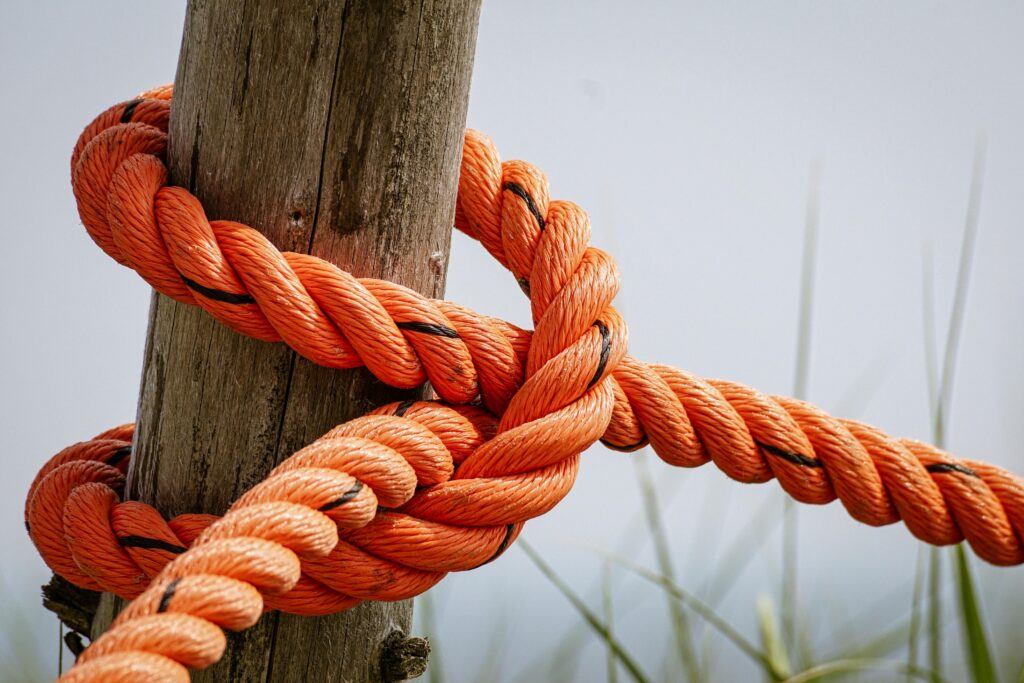Venturing into the great outdoors offers a chance to disconnect from the hustle and bustle of daily life, but it also requires a set of skills to ensure safety and comfort. Among these skills, knot tying stands out as a fundamental yet often overlooked aspect of outdoor preparedness. Whether you’re setting up a tent, securing gear, or improvising in survival situations, knowing the right knots can make a significant difference. In this guide, we’ll explore a selection of essential camping knots that every outdoor enthusiast should master.
Understanding the Importance of Proper Knots in Outdoor Settings
Before delving into specific knots, it’s crucial to understand why mastering knot tying is essential for outdoor activities. At its core, knot tying serves two primary purposes: security and versatility.
Security is paramount in the wilderness. Imagine setting up your tent for the night, only to wake up to find it collapsed due to poorly secured guy lines. Or picture yourself rappelling down a cliff face, trusting your life to a rope secured with a knot you hastily tied. In such scenarios, the consequences of inadequate knot tying can be severe, compromising not only your safety but also that of your companions.
Versatility is equally vital. Outdoor environments are dynamic and unpredictable, requiring adaptability and resourcefulness. Knowing a variety of knots enables outdoor enthusiasts to improvise solutions to unexpected challenges. Whether it’s rigging a makeshift shelter from a tarp, fashioning a splint from branches and rope, or securing a load to a vehicle for transport, the ability to tie different knots expands your toolkit for problem-solving in the wilderness.
Moreover, proper knot tying enhances efficiency and saves time. Imagine spending precious minutes struggling to untangle a knot or repeatedly retying a poorly executed hitch. By mastering the art of knot tying, you streamline tasks, allowing you to devote more time to enjoying nature and less time wrestling with your gear.
In essence, knot tying is not just a technical skill; it’s a mindset—a mindset of preparedness, ingenuity, and respect for the challenges and opportunities that the outdoors present. As you embark on your outdoor adventures, remember that the knots you tie are more than just loops and twists of rope; they’re the threads that bind safety, security, and success in the wilderness.
Essential Camping Knots and Their Applications
Now, let’s dive into some of the most useful camping knots and explore their applications in outdoor settings:
The Figure-Eight Knot: This knot is a foundational knot in outdoor activities, serving as a stopper knot to prevent ropes from slipping through grommets or other openings. It’s commonly used to secure tent guy lines, anchor climbing ropes, and create fixed loops in cordage.
The Bowline Knot: Renowned for its strength and reliability, the bowline knot forms a secure loop that won’t slip or bind under load. It’s ideal for creating a fixed loop at the end of a rope, making it invaluable for tasks like hanging food bags, securing boats, and rescuing individuals from water.
The Taut-Line Hitch: When it comes to adjusting the tension of guy lines or securing loads that may shift, the taut-line hitch reigns supreme. Its ability to be easily adjusted and hold firm under tension makes it perfect for guying out tents, tarps, and hammocks.
The Clove Hitch: Offering a quick and versatile way to secure a rope to a post or pole, the clove hitch is a go-to knot for setting up shelters, constructing makeshift clotheslines, and organizing campsite equipment.
The Prusik Knot: In situations that require ascending or descending ropes, such as rappelling or building rescue systems, the Prusik knot provides a reliable means of creating friction hitch loops. It’s also handy for securing tarps, creating adjustable loops, and performing emergency repairs on broken gear.
Practice Makes Perfect: Tips for Knot Mastery
While learning about various knots is a crucial first step, true mastery comes through practice and repetition. Here are some tips to help you hone your knot tying skills:
- Start Simple: Begin with the basics, mastering a few essential knots before progressing to more complex ones. Practice tying and untying knots until you can do so confidently and efficiently.
- Use Quality Rope: Invest in high-quality rope or cordage suited to your outdoor activities. Different knots may require specific types of rope, so choose accordingly based on strength, durability, and ease of handling.
- Visualize Each Step: Before tying a knot, visualize the process in your mind or follow along with instructional diagrams. Understanding the sequence of movements will help you tie the knot correctly every time.
- Seek Feedback: Don’t hesitate to seek feedback from experienced outdoorsmen or instructors. They can offer valuable insights and corrections to improve your technique.
- Practice in Various Conditions: Test your knot tying skills in different weather conditions and environments, including rain, wind, and low light. Practicing under adverse conditions will better prepare you for real-life outdoor scenarios.
By dedicating time and effort to mastering essential camping knots, you’ll enhance your outdoor experience and be better equipped to handle whatever challenges nature throws your way. Whether you’re embarking on a weekend camping trip or a backcountry expedition, the knowledge and confidence gained from knot tying proficiency will serve you well on your adventures. So, grab your rope, practice those knots, and prepare to explore the great outdoors like never before!
Get yourself some rope for your adventures or for practicing your knots!
TOUGH-GRID Premium 750lb Paracord
Here’s a little transparency: Our website contains affiliate links. This means if you click and make a purchase, we may receive a small commission. Don’t worry, there’s no extra cost to you. It’s a simple way you can support our mission to bring you quality content.

